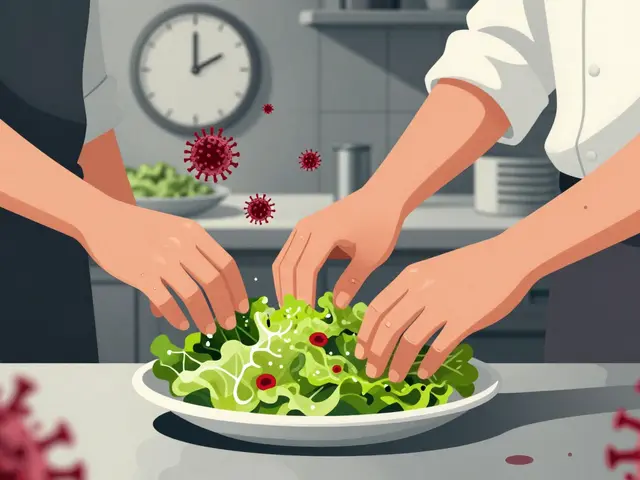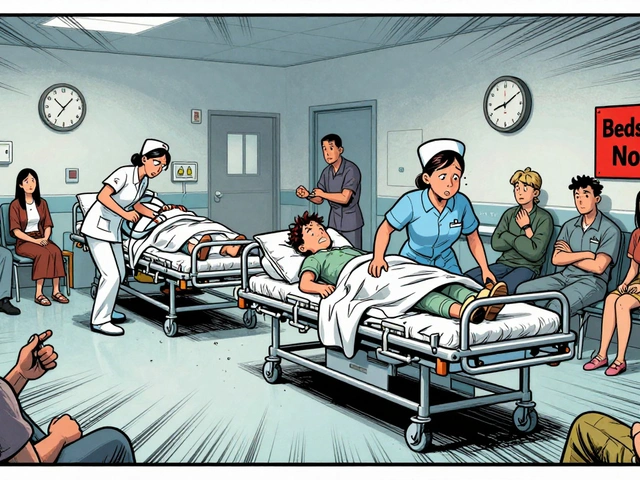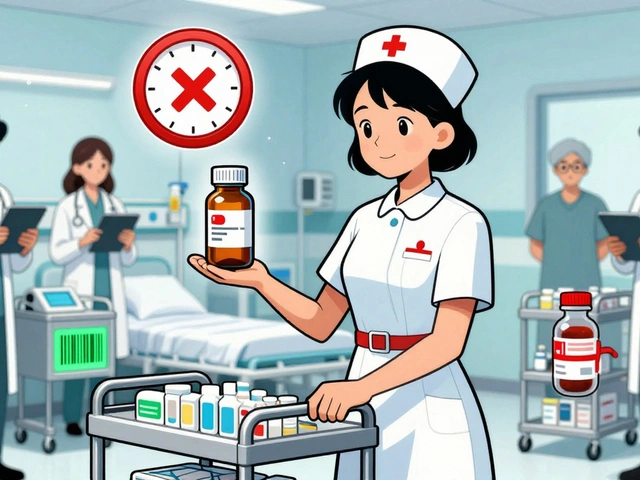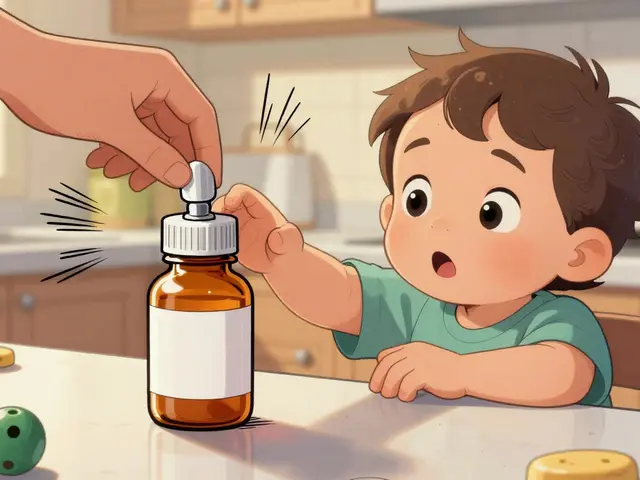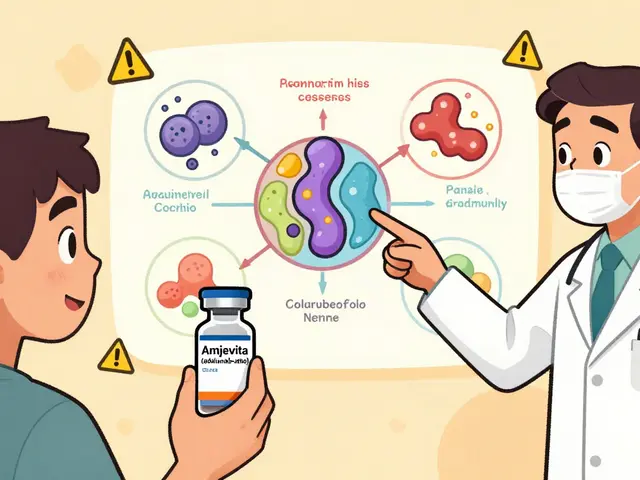Symptom Management: Practical Tips to Feel Better Faster
Feeling lousy? Managing symptoms well can cut recovery time and keep small problems from getting worse. This page gives clear, practical steps you can use today—whether you have pain, skin issues, stomach trouble, or side effects from a drug. No fluff, just things that work and when to call a clinician.
Quick daily fixes that help right away
Track one thing: what makes symptoms better or worse. Use your phone notes for a week—time, food, meds, activity, sleep. That single habit helps you and your doctor spot patterns fast.
Cut the guesswork on meds. Take pills with food if they upset your stomach, but check if the drug requires an empty stomach. For nausea or diarrhea, small bland meals and extra fluids are a fast first step. If constipation or gas is the issue, add fiber and water gradually.
For pain, try a simple three-step plan: rest the area, use an OTC anti-inflammatory if safe for you, and add gentle movement as pain eases. Ice works for sharp, new pain; heat helps older, stiff pain. Stop anything that makes pain spike.
Skin reactions? Stop new creams or soaps immediately. For rashes linked to blood pressure meds or antibiotics, note when the rash started and any other symptoms like fever or breathing trouble. Mild rashes may calm with gentle cleansers and non-prescription hydrocortisone, but severe signs need urgent care.
Manage side effects by timing: take meds at night if they make you drowsy, or with a meal if they upset your gut. Keep a running list of each med and its side effects so you can discuss trade-offs with your prescriber.
When to see a doctor & useful reads
Get urgent care if symptoms include high fever, severe shortness of breath, intense chest pain, sudden weakness, or any signs of allergic reaction (swelling of face, tongue, throat). For worsening or persistent symptoms that stop you from daily life, reach out to your regular clinician.
Use these Safe-Pills guides to learn specifics and next steps:
- Rifampin and Stomach Issues: practical tips to calm GI side effects.
- Can Losartan Cause Rashes? how to spot drug-related skin reactions and what to do.
- Nerve Blocks and Injections for Trigeminal Neuralgia: options for severe facial pain.
- Accutane: Real Experiences: managing acne treatment side effects day-to-day.
- Effective Fiber Use for Gastroenteritis: dietary steps to recover faster.
Short checklist before calling a clinician: 1) note start time and changes, 2) list all meds/supplements, 3) try one safe home fix (rest, fluid, bland food), 4) record any new exposures (foods, creams, insects). This makes appointments faster and more useful.
Symptom management is about small, smart moves that reduce suffering and help your doctor make good decisions. Use tracking, timing, and simple home measures first—and don’t hesitate to seek care when signs point to something serious.
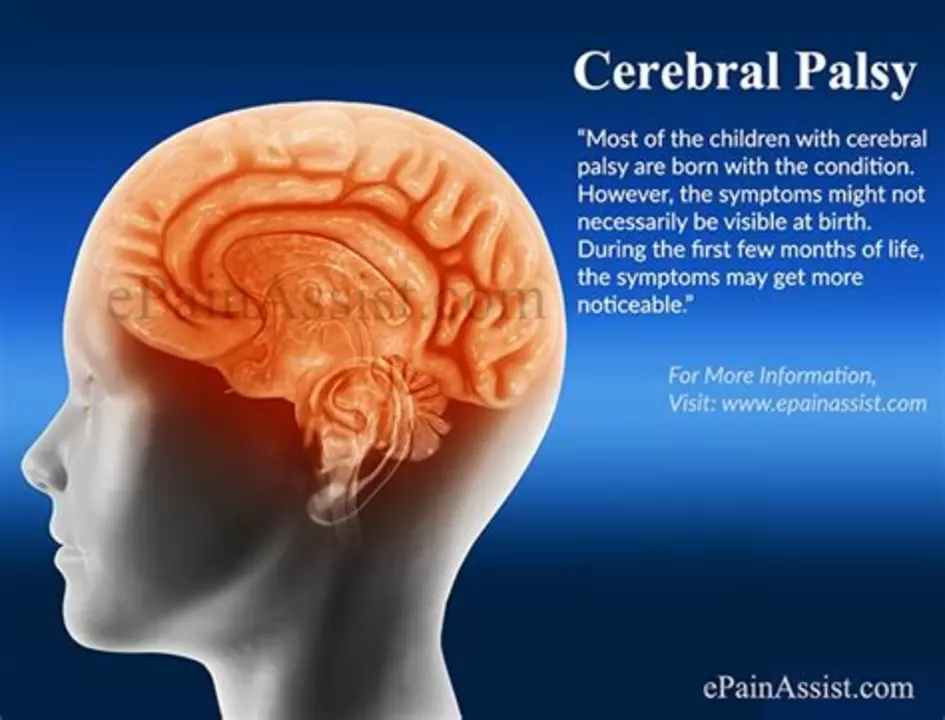
The role of nutrition in managing cerebral palsy symptoms
In my latest blog post, I discussed the vital role nutrition plays in managing cerebral palsy symptoms. A balanced diet can help improve muscle function, boost energy levels, and maintain a healthy weight for those living with this condition. Additionally, it's essential to monitor and manage specific nutrient deficiencies, such as calcium and vitamin D, to support bone health. It's crucial to remember that each individual's nutritional needs may vary, so it's always best to consult a healthcare professional for personalized advice. Overall, prioritizing proper nutrition can significantly enhance the quality of life for people with cerebral palsy.
View More
